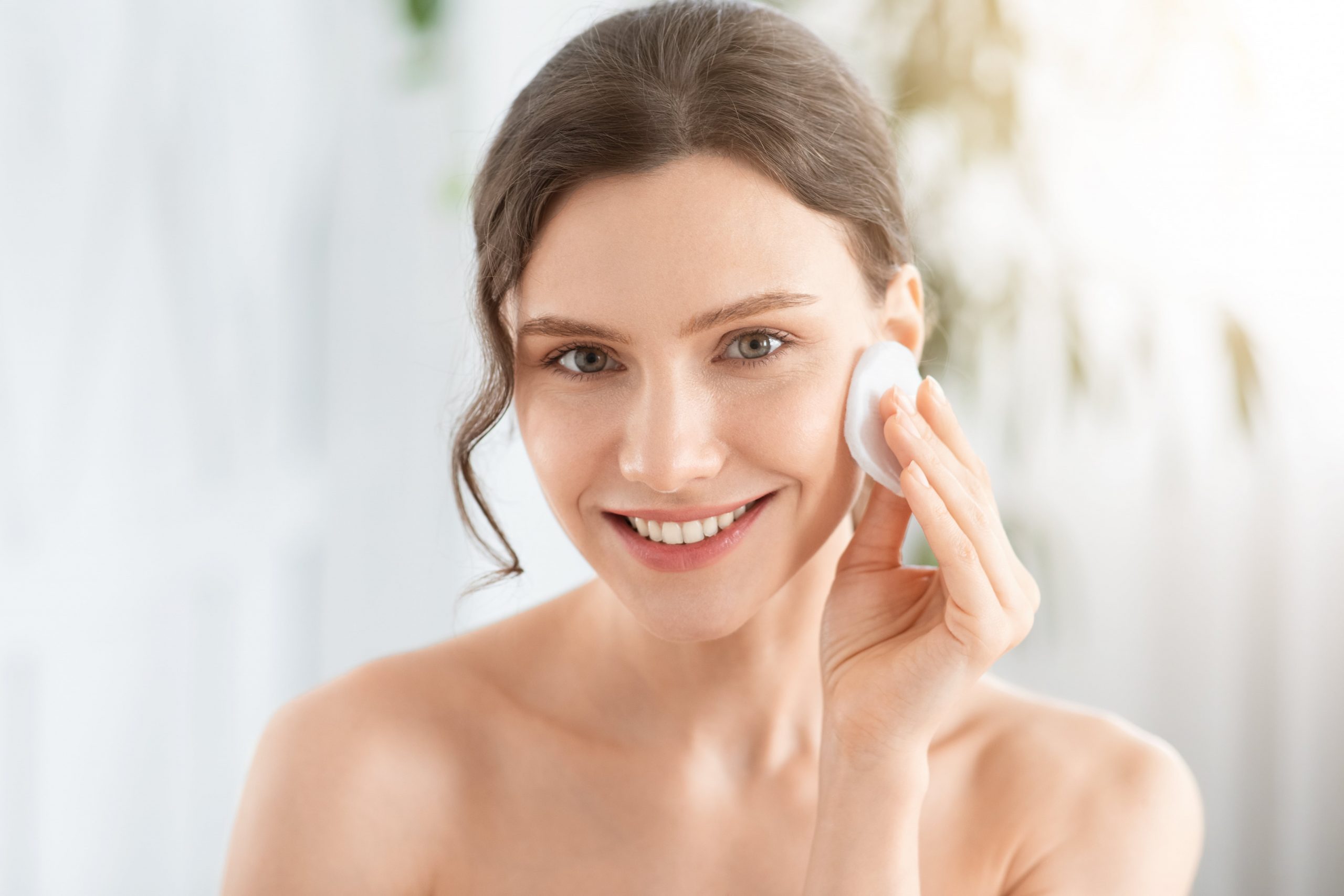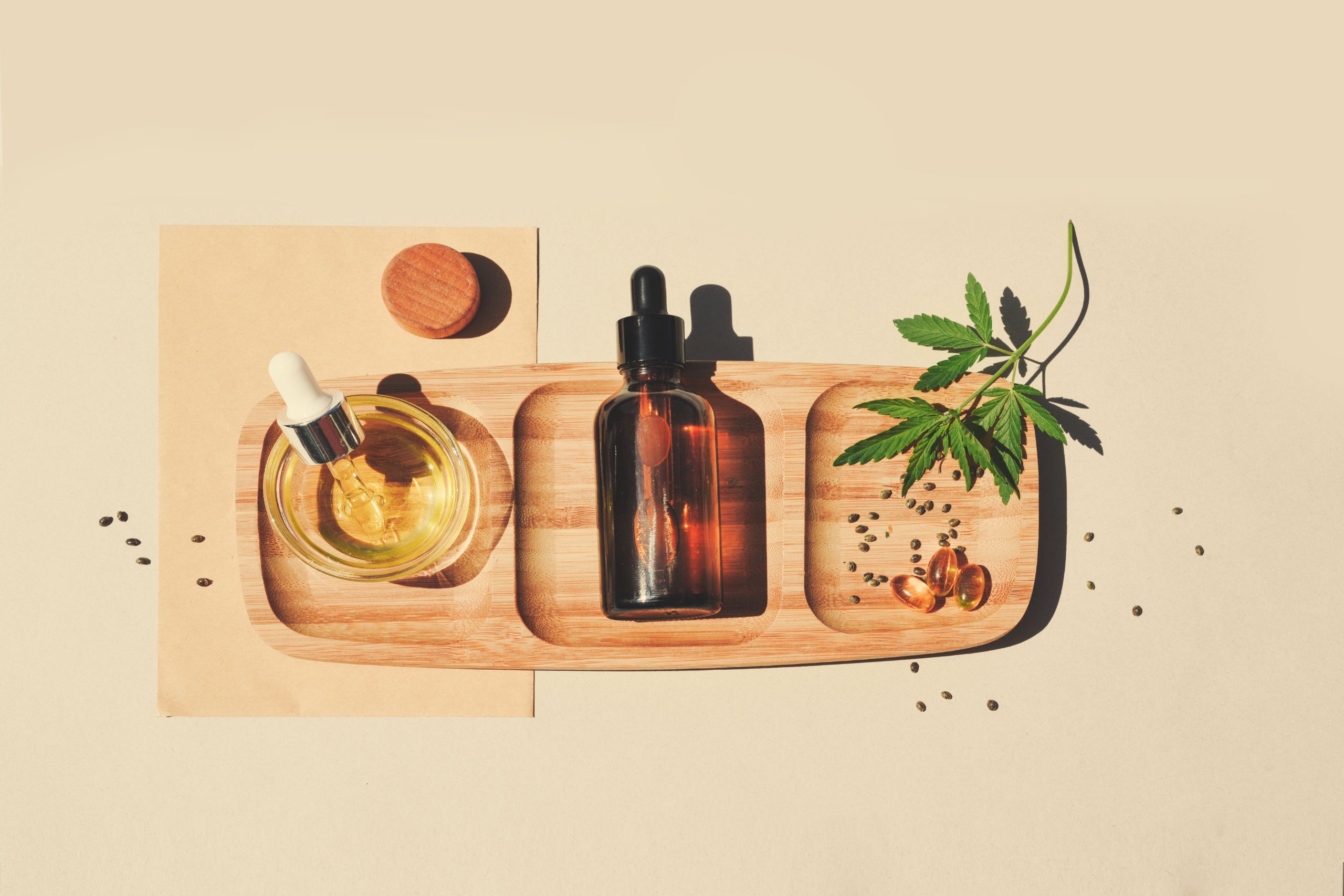Astringent and toner are often confused, but they do work differently on your skin. The key is understanding your skin type and how to use both properly so you can achieve healthy, glowing skin that’s free of blemishes and irritation.
The Difference Between Toner and Astringent
As a general rule, toners are more gentle on the skin than astringents, so they’re more suitable for normal, dry, or sensitive complexions. They contain soothing ingredients like witch hazel, which is an anti-inflammatory, so they can ease redness and other skin issues.
Most toners also contain humectants, which help lock in moisture and keep your skin feeling soft and supple. They also include exfoliating acids and other active ingredients to gently remove dead skin cells and reveal fresher, softer skin.
Unlike toners, astringents are water-based, and they’re formulated to deep clean the skin and strip away excess oil. They usually contain alcohol to get rid of pore-clogging oils, but some are also formulated with botanical extracts or ingredients like alpha and beta hydroxy acids to promote exfoliation and leave your skin looking and feeling clearer.
Astringents are most commonly applied after washing your face. They can be a good choice for people who have oily or combination skin, but they should be used sparingly, since using too much of them can dry out your skin and clog pores.
Toners, on the other hand, are more hydrating and tend to be made with botanical-based ingredients, such as rosewater and vitamin E, that will soften and soothe skin. Some toners even contain peptides or other ingredients that can boost collagen and elastin levels, which are important for keeping skin firm and looking youthful.
Toners are the next step in most skincare routines and are often applied after cleansing to remove any residue that the cleanser might have missed. Depending on your specific needs, you might also use a toner after applying moisturizer.
Astringents typically contain isopropyl alcohol, which is a common ingredient in many toners, but some are alcohol-free and can be better for dry or sensitive skin. They’re designed to strip away pore-clogging oils and are generally used once or twice per day.
You can apply astringents with cotton balls, spray bottles, or by rubbing them on your skin with fingertips. Don’t spray them directly on your eyes, however, as this can cause irritation.
Some people find that astringents sting or make their skin feel tight, and this can be caused by too much alcohol in the formula. If you experience any of these symptoms, stop using it and consult with your doctor or dermatologist to find a product that’s more appropriate for your skin type.
If you have acne, astringents are a great option for helping to calm and reduce inflammation. They can also help to remove excess sebum, which is the oil that’s secreted by your skin and can clog pores.
Some astringents also include niacinamide, which is an antioxidant that can improve the appearance of your skin. But it’s best to avoid astringents that contain salicylic acid, as this can irritate your skin and make acne worse.



